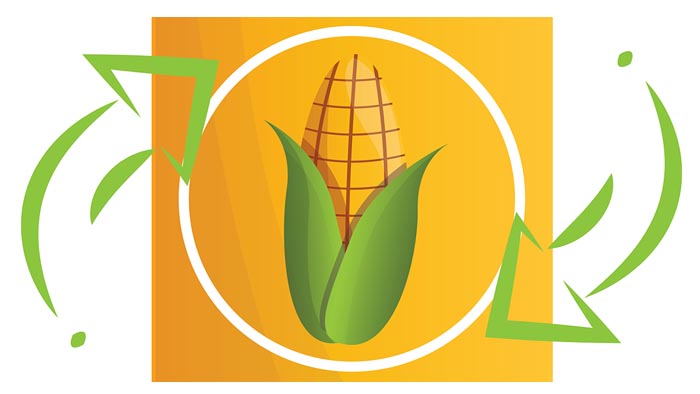
Arrowroot
The first option for cornstarch substitute is arrowroot. Arrowroot is a starchy type of flour made from the roots of the Maranta genus of plants that are found in the tropics. To make this flour, the roots of the plants are first dried up and then grounded into fine powder, which can also be used as a thickener in cooking.There are some who lean on arrowroot more than cornstarch because it contains more fibre. When mixed with water, it forms a clear gel and is great for thickening clear fluids. Experts recommend using arrowroot twice as much as cornstarch to get similar results. It’s also gluten-free, making it suitable for those who don’t eat gluten.
Wheat Flour
Wheat flour is one of our top picks for cornstarch substitutes, especially if you want to thicken gravy, sauces or stews. It is another suitably nutritious alternative to cornstarch, with fewer carbohydrates, a higher protein content, and more dietary fibre. It also has more minerals and vitamins. Though it may be more nutritious than cornstarch, wheat flour isn’t as starchy as cornstarch. What this means is that you should use more of it to create the same effect as cornstarch when cooking. Similar to cornstarch, wheat flour can also makes liquid lumps if one doesn’t mix it properly. So before adding it to foods, try whisking the flour in warm water until it’s even. And be sure to cook flour fully before consuming it.
Potato Starch
As the name suggests, potato starch is a powder that’s made by extracting starch from potatoes and then drying it out. Potato starch contains a couple of nutrients, but it also contains significantly lesser calories and carbohydrates than cornstarch, which makes it a good substitute for those who are looking to thicken foods without adding extra carbs and calories. Potato starch is relatively flavourless, which means that it won’t alter or overpower other flavours in foods. And because potatoes are naturally gluten-free, making them a great option for people who are on a gluten-free diet or those with celiac disease. It’s best to add potato starch later in the cooking process because if the starches overheat, they could break down and lose their thickening qualities.
Rice Flour
Rice flour, made from ground rice, contains a high level of nutrients and is used in many Asian dishes including soups, noodles, and desserts. If of course, is made from ground rice. It also has more dietary fibre and protein than cornstarch and contains fewer carbohydrates. Rice flour is best used in cold or hot water until it’s even before adding it to food to prevent it from creating lumps.
Tapioca
Tapioca is a processed starch product that’s extracted from cassava, a root vegetable found all over South America. It’s made by grinding cassava roots to a pulp that filters out their starch-rich liquid and is then dried into tapioca flour. However, some cassava plants contain cyanide, which is why it’s important to treat it first to ensure it’s safe. Tapioca can be bought as flour, flakes or pearls and is also gluten-free. Many cooks recommend replacing 1 tablespoon of cornstarch with two tablespoons of tapioca flour. This is one of the most popular alternatives for baking.
Ground Flaxseeds
Ground flaxseeds are very absorbent and when mixed with water, form a jelly. But unlike cornstarch, which is smooth, the consistency of flax can be a bit gritty. With that being said, flaxseeds are an excellent source of soluble fibre. That’s why using ground flaxseeds instead of flour can enhance the fibre content of your dish. For thickening a dish, you can substitute 2 tablespoons of cornstarch by mixing 1 tablespoon of ground flaxseeds with 4 tablespoons of water for similar results. This is one of our top picks for substitutes for baking.
Pureed vegetables
If you want to kick your healthy eating to the next level, then try thickening gravies, soups, casseroles, or stews with pureed vegetables. They contain a ton of fibre, antioxidants, vitamins and minerals. Which ones you choose will depend strongly on what kind of dish you’re cooking. But, you can boil things like cauliflower, pumpkin, potato, zucchini, or squash until soft. Then, puree them in a blender or use a potato masher. -Articlecity